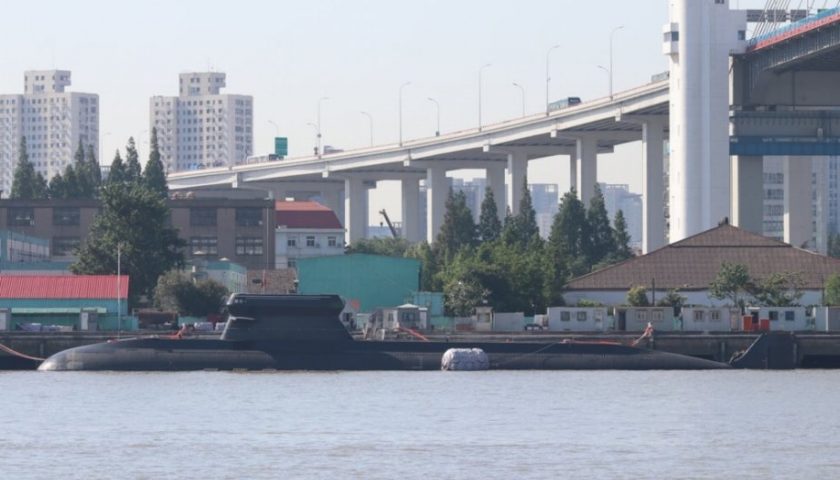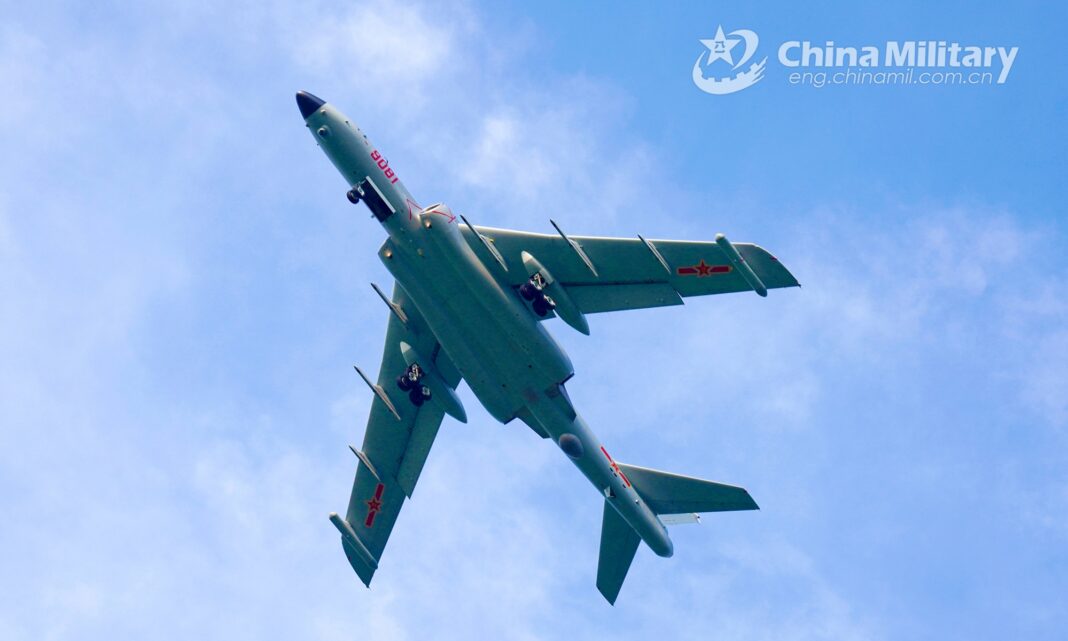While the Chinese Navy is now solid in terms of its surface fleet, with a fleet made up of 5 Type 055 cruisers and 25 Type 052D destroyers in line, plus a hundred frigates and corvettes, it remains under the threat of American but also Japanese, South Korean and even Australian submarines (in the distant, very distant future ...), like the showed the crash of the USS Connecticut in the China Sea two months ago. Although medium-term measures have been taken, such as the gradual arrival of new Type 039C submarines ou the possible replacement of the first 20 Type 056 corvettes through a model with increased anti-submarine detection performance, the need to strengthen anti-submarine defense in the South China Sea and in the Taiwan Pass is present, and requires immediate measures.
It is probably with this in mind that the Chinese naval air forces carried out a naval mine-dropping exercise last week using their new H-6J long-range bombers, during a combined mining exercise. and conventional bombardment, according to the state site GlobalTimes.cn citing a report from the 7th Chinese television channel, devoted to the armed forces. Of all the anti-submarine warfare methods, the mining of naval accesses is undoubtedly the one that can potentially pose the most problems for American and allied submarines. By nature passive, underwater mines are very difficult to locate for a submersible in diving trying to remain as discreet as possible. On the other hand, they are only effective in relatively narrow and shallow passage areas, such as in straits.

However, given the particular geography of the South China Sea and Taiwan's Detroit, this method, admittedly somewhat archaic, can prove to be very effective in keeping Western submarines at bay, by closing certain straits keys, in particular those giving access to the Sulu Sea along the Philippine coast, even by blocking certain passages between the Japanese islands of Okinawa and Amami-Oshima, allowing the Chinese Navy to concentrate its surface resources, submarines and aerial anti-submarine warfare over the remaining spaces, without having to disperse excessively. Such a solution can also be considered to quickly undermine the eastern coasts of Taiwan if the island were to be captured by Chinese forces, so as to prevent an Allied amphibious counter-offensive.
On the other hand, the implementation of such a strategy supposes having previously obtained total air superiority over the airspace concerned, as well as the elimination of all the adversary's anti-air defenses. Indeed, the dropping of underwater mines supposes that the aircraft evolves close to the surface, at relatively slow speed, making it a target of choice for hunting or opposing anti-aircraft defense if necessary. The fact remains that the fact that the naval air forces openly train for this type of maneuver, and even promote it publicly, undoubtedly appears as a message addressed to the US Navy as well as to its allies, to warn against the potential presence of this type of mine now in the South China Sea. There is no doubt that this message will have been heard in Washington, the loss of a Western nuclear submarine destroyed by a Chinese submarine mine constituting, in these times of tension, a potential casus belli between the two super powers.



Comments are closed.